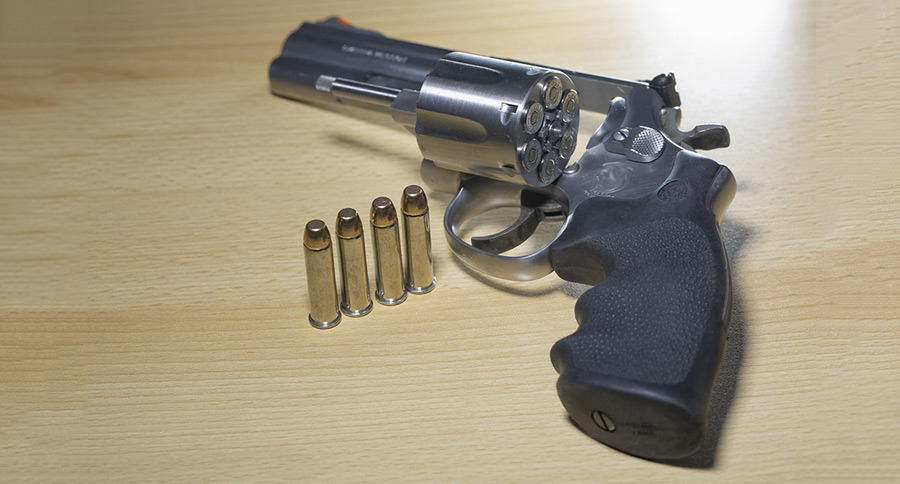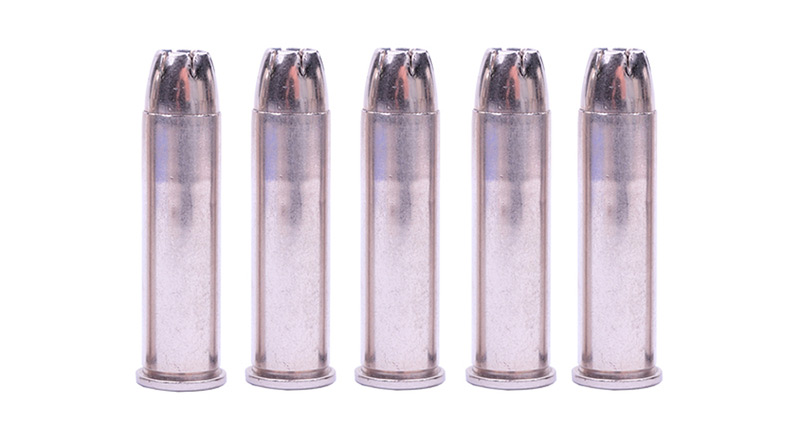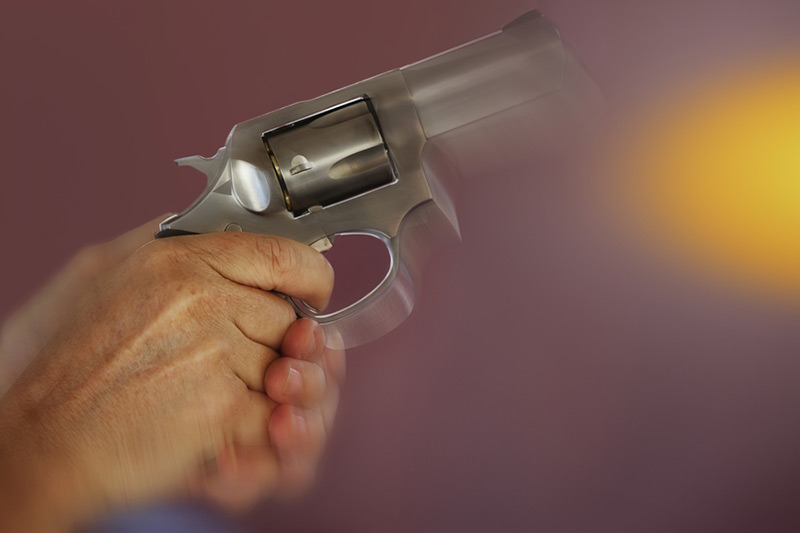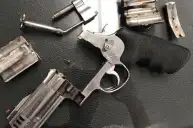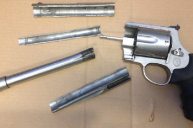The .357 Magnum, an eighty year old iconic pistol cartridge, still has a lot going for it.
If there's one cartridge that comes to mind when talking about pistols and revolvers, the .357 is likely at the top of the list. It's been around for a long time, exhibits excellent performance, and has stood the test of time as one of the shooting world's favorite choices.
The .357 Magnum was born in 1934 with much of the glory going to Elmer Keith, a well known hunter and cartridge wildcatter. More penetration was needed against bootlegger's cars and the body armor of that era.
RELATED: The Best Caliber for Concealed Carry
The cartridge was evolved by stretching the .38 Special cartridge a bit longer so it would handle the high pressures. The law enforcement community went head over heels for new revolvers chambered for the then new .357 Magnum, and sportsmen knew they had a winner also in power and accuracy.
The .357 Magnum solved some of the the safety issues which earlier cartridges suffered from by stretching the case by approximately 1?8 inch (3.2 mm), which prevented the high-pressure .357 cartridge from chambering (fitting) in a firearm designed for the shorter, lower-pressure .38.
Fast forward to this modern day, eighty years later. There are many load weights and bullet profiles available to do just about everything except tackling the largest bears. As a man stopper, the classic 125 grain hollow point is hard to beat, and newer loadings of this cartridge offer better expanding bullets at many times higher velocities.
RELATED: .22 Ammo: Everything You Want to Know
The hollow point version has been referred to as the gold standard for stopping power.
As a hunting handgun cartridge, many deer have fallen to this round, though it has had a hard time keeping up with the newer magnums, such as .44 Magnum, in the eyes of some hunters. The downside of the heavier cartridges is immense recoil, up to the behemoth .50 Smith and Wesson. This is where the .357 Magnum is a gem, with plenty of power but lighter recoil.
In rifles chambered for .357 Magnum, the recoil is fairly light and velocities are kicked up. Hot loads in little self defense revolvers will give you quite the jolt at both ends. Estimates set the bullet's speed at around 1,800 feet per second when fired from a rifle.
RELATED: 5mm Remington Rimfire Magnum: The Forgotten Round That Still Packs a Punch
[divider]
Though the .357 Magnum revolver has begun to be phased out and replaced by high-capacity semi-automatic pistols in many cases, it still remains a go-to option as a backup,as well as a hunting sidearm.
For practice, the real beauty of the .357 Magnum chambering is that you are able to use .38 Specials for target practice or light carry. These rounds are less expensive and can still give you plenty of practice and target impact while having light recoil.
So who might want a .357 Magnum? If you're a skilled handgun hunter can place the rounds accurately, this is the caliber for that duty. For home defense and for a concealed carry pistol, there is plenty of power for one shot stops on trouble.
Unless you are facing big bears of the grizzly variety, the .357 Magnum cartridge is still quite a winner.
NEXT: ALIEN GEAR HOLSTER REVIEW: DRIVER DEFENSE HOLSTER
WATCH
